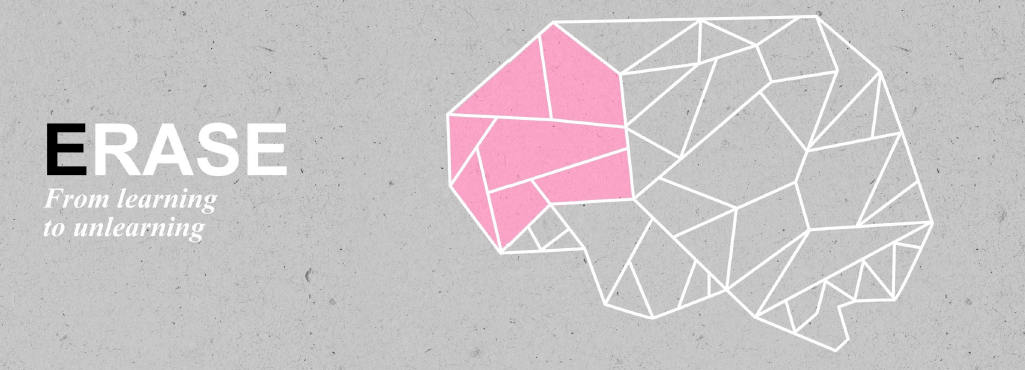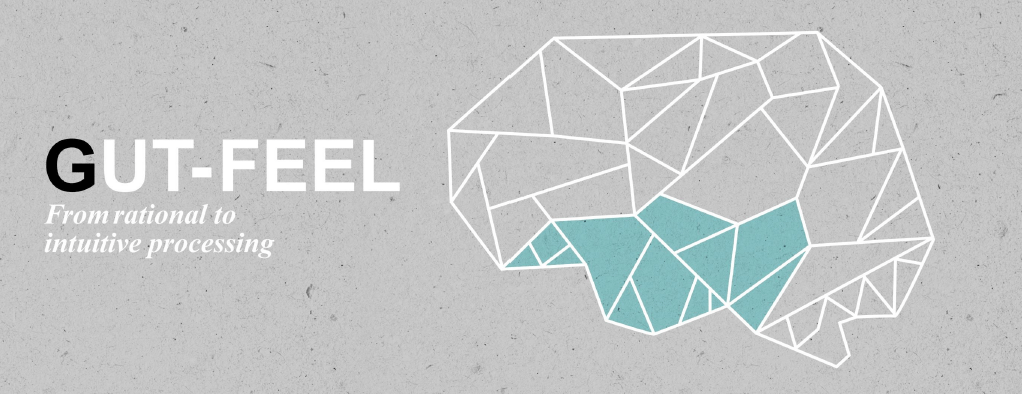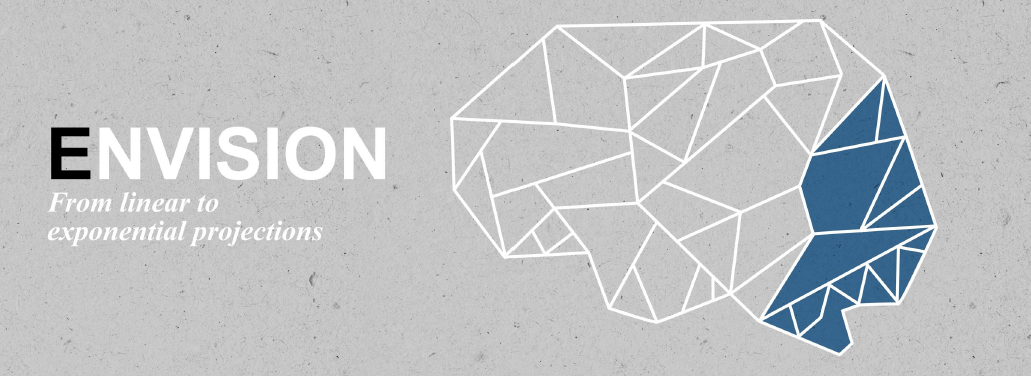4 business lessons we can learn from the Crazy Ones
As published on Switch & Shift on August 23, 2016. I grew up in a world that was dominantly linear. By just looking in the rear-view mirror I replicated what I saw to craft my own future. My dad studied Applied Economic Sciences at the University of Antwerp, so I simply copied what he did and stepped into his shoes.
It was also a world where craftsmanship ruled. What people know and what they master made all the difference. Finally, the world was scarce. People gained power by owning, controlling and growing scarce resources and money. This world of linearity, craftsmanship and scarcity worked out well for me. I ended up with good grades at school and university, got a PhD, became a marketing professor, co-founded my own company and am now CEO of the 3rd most innovative market research agency, globally.
However, today’s world is completely opposite to the one of my childhood. Acceleration means copying from the past is no longer an option. Automation means being out of a job will become the new normal. Abundance means we become less valuable because of what we know and can do. Being a market researcher, I started thinking about how humans will be affected by these deep changes in their environment and came to the conclusion that we all need to find a new edge for ourselves. The reason is the very things that give meaning to our lives like having a job or knowing something are increasingly at risk.
But how to find that new edge? When thinking about this question, I realized other people have done this before. Steve Jobs called them the crazy ones: the daring and brilliant minds who were crazy enough to think they could change the world. Instead of re-inventing the wheel, we could learn from the best practices they have applied. What connects the so-called crazy ones is the fact that they all left the path of average and moved to the edges. Here are four characteristics of the crazy ones we can all learn valuable business lessons from.
Erase

Today, we know Stephen Hawking as probably the most brilliant mind on this planet, whose theories are difficult for a nonscientific mind to grasp. So it may come to you as a surprise that Hawking was a slacker when it came to his school studies. When he was nine years old, his grades ranked among the worst in his class. Even when being pushed to put in more effort, he brought those grades up to about average, but not much better. Nevertheless, from an early age he was interested in how stuff worked, being known to disassemble clocks and radios. That being said, Hawking admits he wasn’t very good at putting them back together.
As a child, student, or professional, we have always been rewarded based on the amount of knowledge we have gathered. Moving to the edges means rewarding behavior that actually destroys current knowledge. Today’s top-10 most in-demand jobs didn’t even exist 10 years ago and the pace of change is only accelerating. Whether you call it creative destruction or unlearning, the point is we need to leave behind our current set of principles to look at the world because this very world is changing at the speed of light. We all need to accept that there is no way to obtain absolutely certain, final knowledge. We need to keep questioning our assumptions and paradigms about how things work.
Digest

Did you know the late Steve Jobs considered joining a monastery and becoming a monk? He didn’t, but was a heavy practitioner of Zen Buddhism instead. He met with his coach Kobun Otogawa almost every day and every few months they’d go on a meditation retreat together. Jobs discovered the power of just sitting and observing, creating room to hear more subtle things, to see things more clearly, and to be in the present more. By slowing down his mind, he was able to see so much more than he could see before.
Moving to the edges also means taking the time to digest what is happening around us. As Herbert Simon already predicted back in 1971, richness in information is leading to a shortage in attention. Living in an always-on world where continuous partial attention rules, we tend to take a grasshopper perspective rather than a helicopter perspective. Our continuous swiping, clicking, flipping and shifting through messages and screens demands so much of our brain bandwidth that it has no time left for deep reflection.
While it sounds counter-intuitive, we need to disconnect our brain from time to time from the change happening around us, in order to be able to better respond to that same change. By doing so, we will be able to think more holistically, connecting the dots between seemingly unconnected things for greater inspiration and creativity.
Gut-feel

While Aristotle made some exceptional discoveries during his lifetime, he wasn’t always right. According to Aristotle, the heart was the center of intelligence not the brain. He also thought the gender of goats depended on which way the wind was blowing.
But the point he considered the heart as the center of intelligence is interesting as such. He listened very carefully to the alarm signals that his subconscious mind sent out and thereby cultivated a special instinct for detecting an exception. His feeling told him something was not right and unconnected from his previous work, yet he could not yet point out what exactly.
So a third way to move to the edges of your brain is to gut-feel decision-making. Our smartphones give us access to more information than we handle – let alone can actually use – in an entire lifetime. The mere volume and diversity of knowledge will urge us to outsource rational and fact-driven decision-making to more competent and efficient smart machines. It means we need to make room and cultivate more intuitive, less predictable thinking: a type of thinking unique to humans but that we have been pushing back for ages as well.
The good news is we all have it inside of us! Our very own stomach is rightfully referred to as the second brain, we simply have been underutilizing its power in aiding decision making.
Envision

While most of us think Einstein arrived at his great breakthroughs by running lab experiments, he rather started from visual experiments instead. He called them Gedankenexperiment – thought experiments. Among other things, he imagined lightning striking at both ends of a moving train. A person watching the train from a distance might see the strikes as simultaneous, but to someone on the speeding train they would appear to have happened at different moments. Because the train is speeding forward, the light from the strike at the front of the train would reach him a couple of milliseconds before the light from the strike at the back of the train. From that he realized that the perception of things happening at the same time is relative to your state of motion. From that thought he realized that there is no such thing as absolute time: time is relative, hence his special theory of relativity.
A final way to move to the edges of your brain is to better envision and visualize the future. It is crucially important for two important reasons. First, our human capacity for imaginative thinking drops when we grow older. Starting from 100% when we get born, it declines to 50% at the age of 12, 20% at the age of 16 all the way down to less than 10% the moment we graduate from university.
A second reason why envisioning the future is a crucial skill is that the future unfolds in an exponential instead of linear way. It means we need to rewire our brain, forcing it to create a mental picture of the future that will be there sooner than we typically think. In other words, when an exponential technology is at 1% of its potential, we need to make our brain believe we are already halfway.
Business Lessons
Summarizing, I am confident we can all find our new human edge by learning how to unlearn, by taking more time to digest and slow down our brain, by relying more on intuitive feelings, and by envisioning a future that is here faster than we typically expect. We all have the power to move to the edges. I am not saying it will be easy. But I challenge you to get behind the steering wheel even though your feet might not yet reach the pedals and even though you can’t fully see over the dashboard. We all need to shift gears in a world of acceleration, automation and abundance, because what was crazy yesterday is normal today. Good luck!




